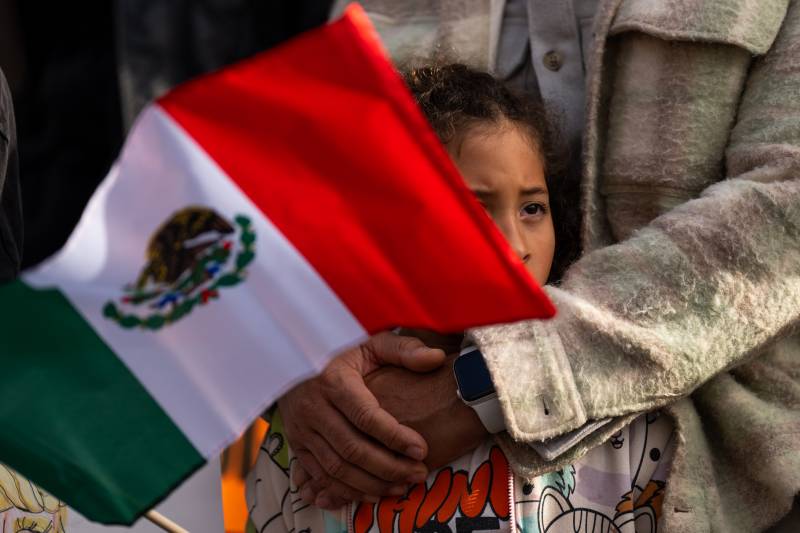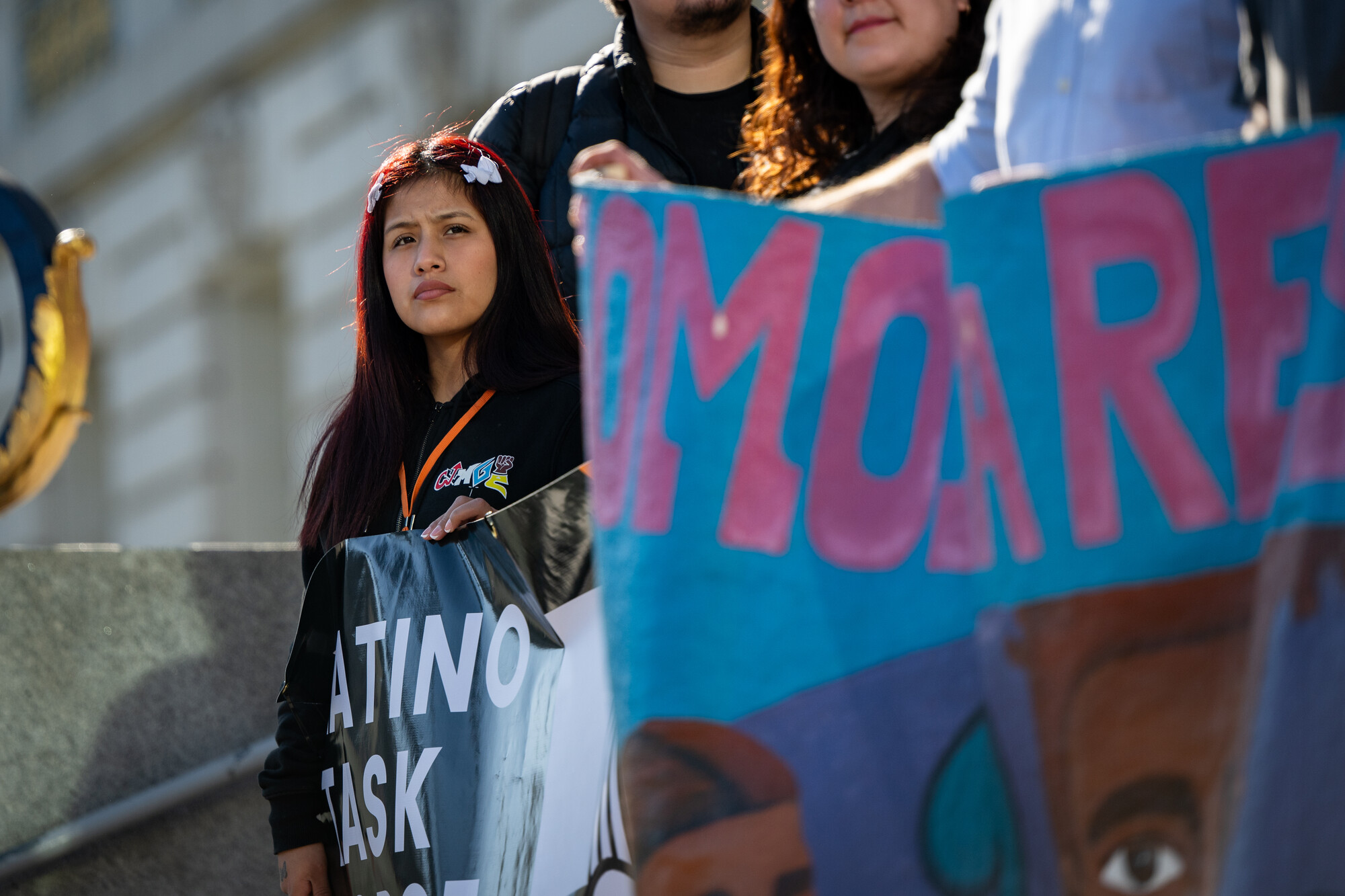Some concrete advice advocates suggest for parents and caregivers:
Reassure your children
Angelakis said that while it may be difficult, parents need “to get their own fears under control.”
She said that parents should explain to their children — even if they’re teenagers — that their family will “continue to protect them” and will do everything they can to “make sure that the kids remain safe.”
“There is no easy solution for all of this and it is truly terrifying if a family is in danger,” she said. But Angelakis said that a parent’s reassuring tone can help children from developing tremendous anxiety — or from mirroring their family’s stress.
Tell your child you have a plan
Angelakis said parents should try “putting some containment” on the anxiety their child is feeling, and let them know that “our family has a plan and we’re doing everything that we can to stay safe.”
These plans would include the back-up child care and guardian situations suggested by the ILRC.
Tell your child they don’t have to say anything to law enforcement
Like adults, children have the right to remain silent when interacting with ICE under the law.
What’s more, for some children, advocates acknowledge that going to a police officer or providing information to people or schools might not be helpful for them or their families. This can be the case for a child from a mixed-status family, or a young person whose community has historically experienced violent responses from the police.
Lovato explained that immigration organizations have been encouraging parents to tell their kids and engage in a household practice of “saying no to ICE. Actually verbally, reciting it and practicing: just saying no.”
Regulate your own anxiety
Angelakis said in many situations, fear is warranted and rational — since for so many, ICE headlines hit close to home.
But she emphasized that parents should try to regulate their response when talking to their children. A way for guardians to check on their own anxiety by consulting with other trusted people in their life, and make sure they are not getting “caught in [their] own head,” said Angelakis.
This includes “making sure you breathe right,” she recommended. And that “we pass on the relevant information to the child” in a way that isn’t “skyrocketing anyone’s anxiety.”
Ways advocates suggest you can do this include:
- having your child express their feelings, but not letting them try to comfort you;
- giving a child some positive forms of control, like deciding what to have for dinner or choosing a game to play;
- being a role model on how to handle distress and conflict, like making sure anger looks “in-control” rather than “out-of-control.”
Angelakis said that while families can also try to limit their news intake, she acknowledges that many families are hearing about “terrifying” situations which are hard to ignore.
“It’s really important that we do have these conversations with kids, and [that] we do minimize any kind of anxiety evoking or anxiety increasing conversations.”
But she emphasizes: “Kids are pretty incredible. And super resilient and awfully smart.”


